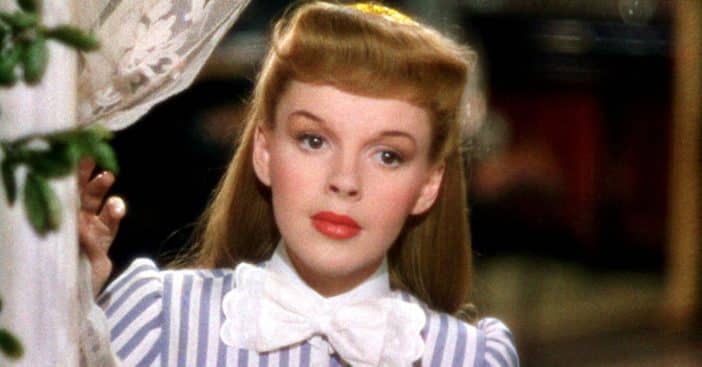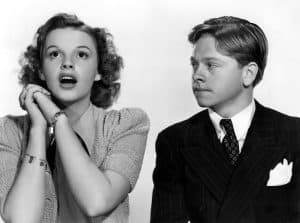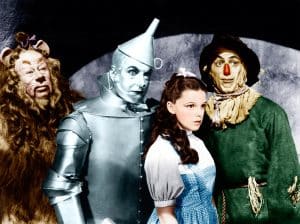
She was an actress and singer of critical acclaim, who was the first woman to win a Grammy for Album of the Year after rocketing to stardom at a young age. But Judy Garland was also an overworked product of an entertainment industry that drove her to work 72 hours without sleep and resort to sleeping pills when she could finally rest.
Born in 1922, Garland was 13 when she was signed to Metro Golden Mayer studios. Industry pressures fell upon Garland almost immediately, as by 14 she was getting called a “fat little pig with pigtails” by MGM bosses. Garland was subsequently put on a strict diet that included chicken soup, coffee, and cigarettes; all this was supplemented by diet pills, but that wasn’t the end of the drugs pressed on her.
Judy Garland worked 72 hours straight and used sleeping pills like she was being sponsored by them

MGM Studios had their stars maintain a very tight shift. Garland shared details of her her grueling early career with her biographer Paul Donnelley.
RELATED: Liza Minnelli On Her ‘Mature’ Relationship With Legendary Mother, Judy Garland
“They had us working days and nights on end,” she recalled. “They’d give us pills to keep us on our feet long after we were exhausted. Then they’d take us to the studio hospital and knock us out with sleeping pills — Mickey sprawled out on one bed and me on another.”
In fact, drugs to force them into sleep became as common as a swig of water for Garland—maybe even more common, since water can up the number on the scale.
“At times I have been pretty much of a walking advertisement for sleeping pills,” said Garland. “Even though pills come on doctor’s prescriptions, as mine did, they can be a tremendous strain on the nervous systems.” But no one raised any objections because, as Garland put it, “it was a way of life for us.” Damage organs and all.
She was also relentlessly hounded over her appearance, particularly her weight

Whatever toll the pep and sleeping pills wrought on Garland, it was exacerbated by the medications the studio gave her for her weight.
“Most of her teen and adult life, she had been on either Benzedrine or a diet or both,” shared Garland’s third husband, Sid Luft, in his memoir Judy and I: My Life With Judy Garland. “Unlike other actresses, she could not successfully camouflage extra weight, especially because she was dancing and singing in revealing costumes. Just 4 feet 11 ½ inches, she could be underweight and still appear heavy or out of proportion on screen.” Healthy weight can be highly variable depending on the person, but in very general terms, a healthy range for a 4’11 female is from 94 to 123 pounds.

Even when she was in that range, it wasn’t enough to satisfy critical eyes. Biography reports that a year before The Wizard of Oz started filming, studio execs were sending each other breakdowns of Garland’s food intake. When she did venture down the Yellow Brick Road, Garland added amphetamines and barbiturates to her personal pharmacy; these, Asana Recovery explains, kept her slim and awake. Garland would struggle with drug abuse for the rest of her life, until she died of an overdose of barbiturates in 1969. She was only 47.
“I do think my mother was a victim of the studio system,” insisted Garland’s daughter Lorna to Studio 10. “But it also gave her the ability to channel her talent to all of us [as an audience]. It was a real double-edged sword.”
